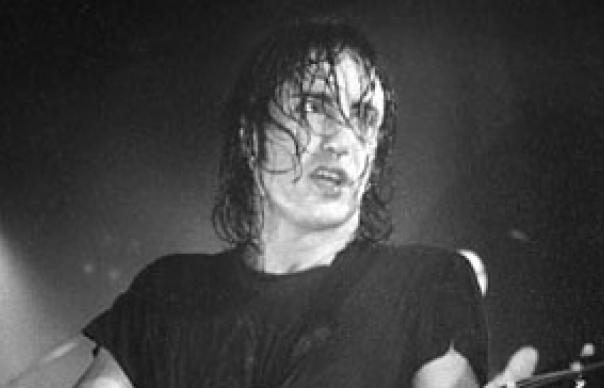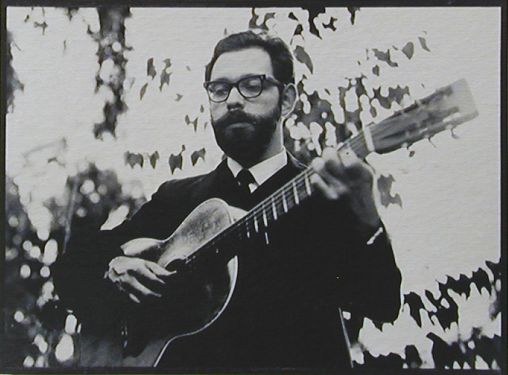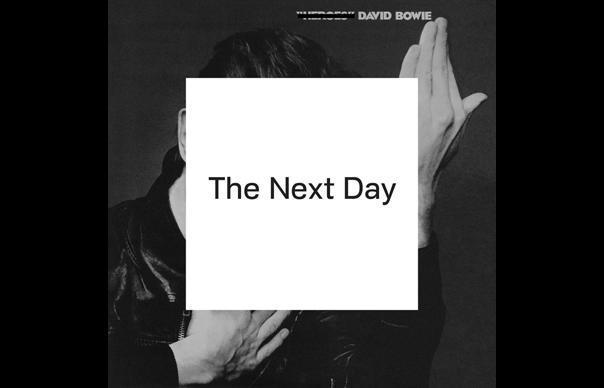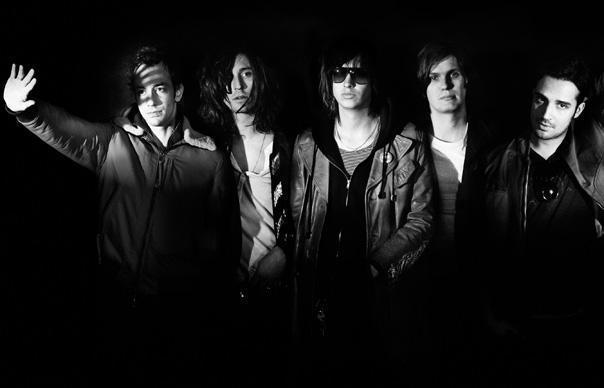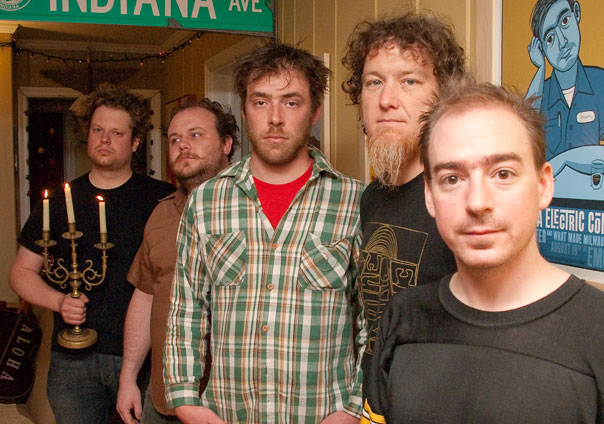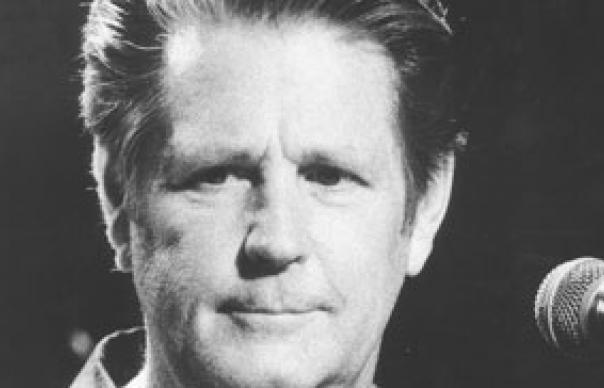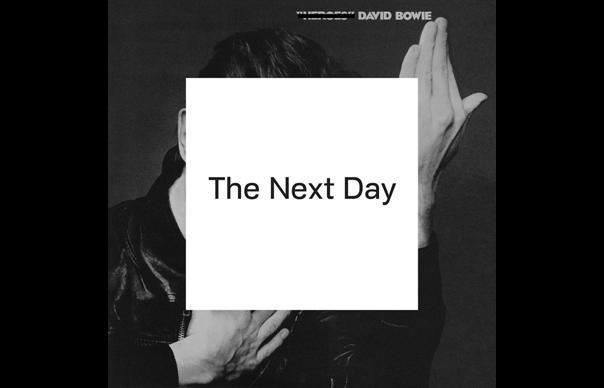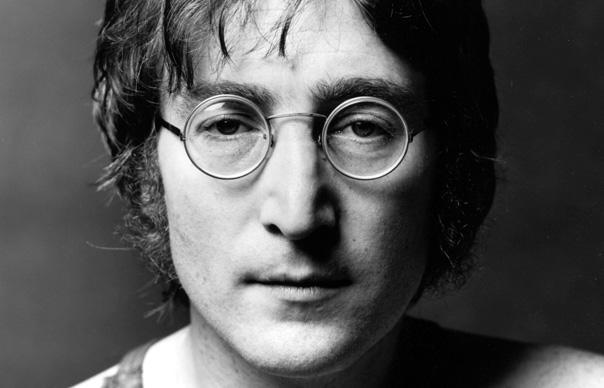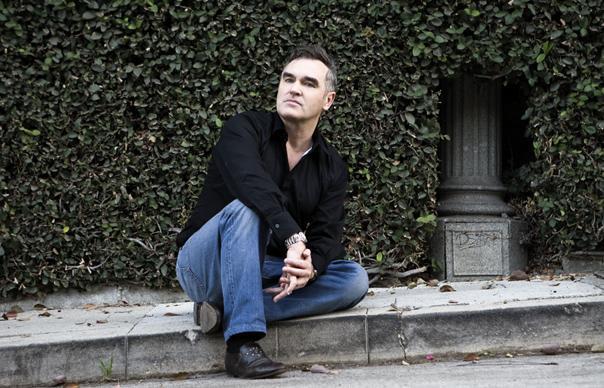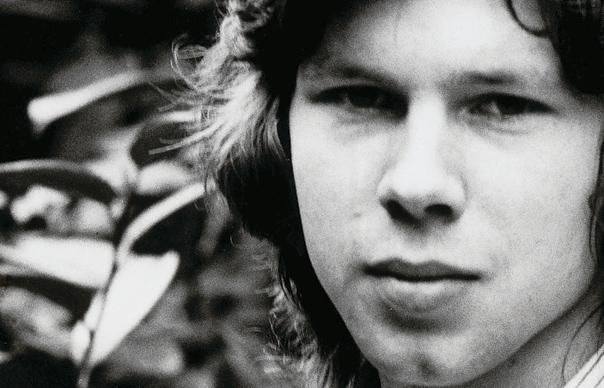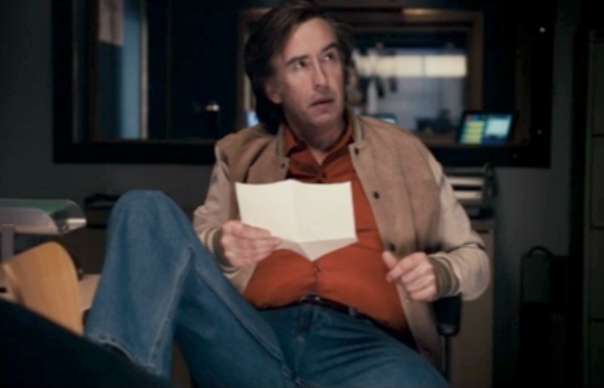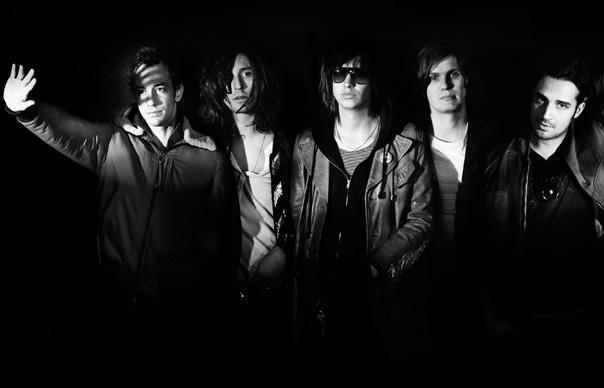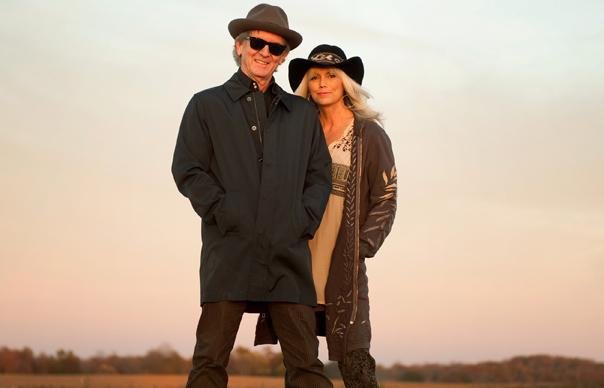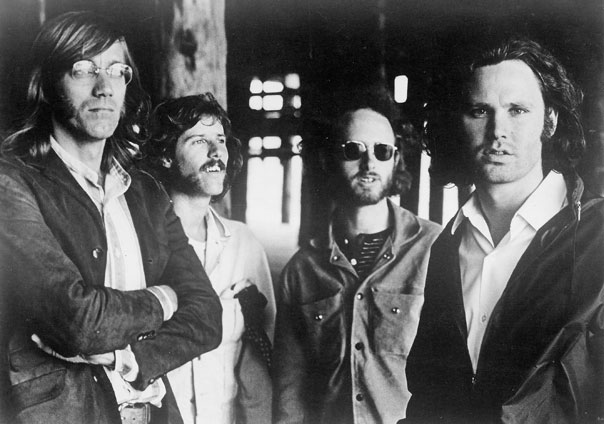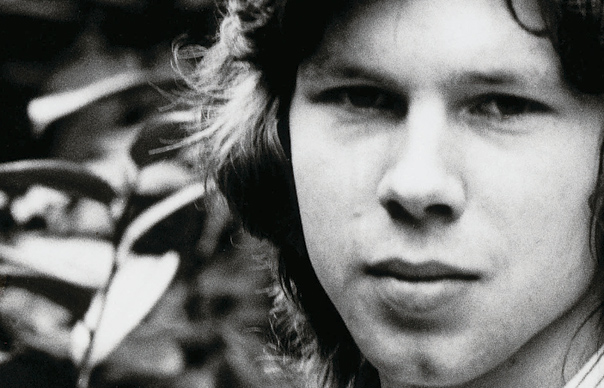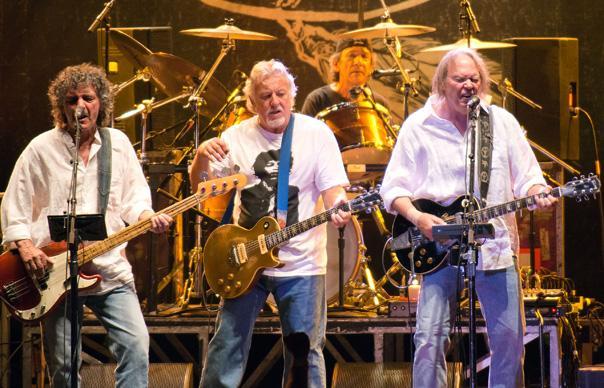1964. A notice in a London music shop launches the career of one of Britain’s greatest guitarists. Four-and-a-half decades on, Jansch and his accomplices tell the story of an unassuming master craftsman and a songwriter who wrote the definitive heroin ballad while being strictly a “26-pints-a-night man”…
__________________
As the guitarist John Renbourn remembers it, he first read that there was an important new face on the capital’s folk music scene when he looked at the notice board of a record shop in London’s West End. Browsing in the folk department of Collet’s in New Oxford Street with the guitarist Wizz Jones, he looked up and read a terse, but emphatic announcement: “Bert Jansch,” it said. “Best blues in town.”
Interestingly, the note did not specify which town, an omission which with hindsight seems entirely sensible. Jansch, after all, has spent the best part of 45 years drawing his own map for music, never resting in the same place for long. He has travelled, of course, most notably around the world as part of Pentangle, the folk-rock supergroup that he helped form in 1968. Maybe more important, though, is the fact that Jansch remains on a creative journey that’s still productively continuing.
But from the stark compositions that comprised his stunning 1965 debut, Bert Jansch, to the lush arrangements and baroque melodies that you’ll find on 1974’s LA Turnaround, the first 10 years of Jansch’s career saw him visit musical places far from his starting point. From solo performer, to persuasive composer, to thrilling collaborator, to group performer, in these years, Jansch established a reputation less to be metered by heroic excesses, famous friends or bawdy anecdotes, but by the much more admirable fact of his having done exactly what he perceived to be right at the time.
“Bert was very alluring,” says Johnny Marr, a fan and later collaborator, who discovered Jansch’s music as a teenager. “He was mysterious, and came off as quite heavy, and reclusive. He was uncompromising, and that was particularly appealing. You knew it wasn’t a pose. He wasn’t trying to be liked, he was very cool, and his playing backed it up.”
“He was kind of a wild guy,” says John Renbourn, who took the advice of the note in Collet’s, and immediately went to check out this new player. “He was loose, I tell you that. Some people responded well to it and others didn’t. A lot of people liked him because he was crazy and unreliable. A lot of people just thought he was great.”
“I didn’t think in terms of career,” says Bert himself, now a softly spoken and politely intransigent 66-year-old. “I never have. In those days, you didn’t rely on media to get anywhere. Your reputation would precede you.”
In the days before he had a reputation – even before he had a guitar – Bert Jansch had a passion for blues and traditional music. A fan of the playing of Scottish guitarist Archie Fisher, and exposed to the Eastern-influenced music of guitarist Davy Graham (he learned Graham’s “Anji” from a demo tape), Jansch was intoxicated by the possibilities of the guitar, and thirsty for experience.
Understandably, he hit the road. By 1964, following the example of musicians like Graham, he ventured from Edinburgh, to London, and then on into Europe, where he began a seasonal programme of travelling and busking, all the while honing his talent, drawing on new influences, and developing a road-level worldview.
“You were very much living from day to day,” remembers Bert, of these formative journeys. “You were travelling, you were on the road, you took every day as it came. It was romantic in a sense: you would go, as I did, down to Saint-Tropez, just to play guitar and busk. Some years you would earn a fortune; others zilch.”
In a village outside Saint-Tropez, Bert would spend summers renovating houses with friends he’d met from the road, a period of physical work enlivened by the daily sight of Brigitte Bardot arriving in a limousine and alighting at a local café to drink tea.
Journeying further south, Bert arrived, as Davy Graham had done, in Morocco. While his head was turned by the culture of North Africa, so was his digestion. He caught dysentery and was returned to the UK by embassy officials. Dishevelled, dehydrated, with his passport confiscated, in the mid 1960s, Bert Jansch unceremoniously arrived on the London folk scene. It was here, at a pub much loved by Scottish expats, John Renbourn first encountered him.
“Bert was staggering around outside,” remembers Renbourn, “We ended up going round someone’s house to smoke some dope. Everyone was really stoned, and I heard him play this fantastic tune. They had a little cat called Tinker, and the cat liked the tune – it did something to the cat’s head, because the cat was stoned as well.”
The tune, “Tinker’s Blues”, along with “Anji” became a feature of Jansch’s growing repertoire, shortly captured on his eponymous 1965 debut album. What helped solidify the impression of Bert as an artist as serious as the young man glaring out from Brian Shuel’s photograph on the album cover was the fact that the album also contained a composition called “Needle Of Death”.
An empathetic song about hard drugs, by someone who never touched them, “Needle Of Death” was written after Bert took a car journey with friends in central London.
“It’s inspired by a friend called Buck Polly,” he explains, “a folk singer and one of the people I met when I first came to London. Buck used to drive [folk singer] Alex Campbell to gigs, because what he did for a living was repair cars – we would drive along in these jalopies.
“About six months after meeting Buck and Alex, I was with them one day. Buck was in a bad mood: his wife wouldn’t let him see the kids or something, something to do with money. And we went up to Goodge Street, a pub there called Finch’s. Buck scored from a dealer. And the next day, I’d heard he’d died.”
Since Jansch first recorded the song, it’s been inspirational to Neil Young (listen to “Ambulance Blues”), and been performed by Peter Doherty. In the London folk scene, however, the song, coupled with his laconic delivery added to the mounting difference between Bert and other performers.
“Before I met him,” says Danny Thompson, who worked with Jansch in Pentangle, “I said to people, ‘Have you heard of Bert Jansch?’ And one of them said, ‘Yeah, he’s a junkie.’ Of course, he wasn’t a junkie. He was a 26-pints-a-night man. But people thought that – and that was because of ‘Needle Of Death’…”
Some, however, had the foresight to appreciate that this leaner approach was an indicator of the changing times.
“About a week before I played there, Bob Dylan played in London at the Troubadour,” remembers Bert. “I didn’t see him, but there was a girl there called Anthea Joseph who used to run the club, and she told me, ‘We had someone you’ll be very interested in – he’s very like you…’ I think she meant more in terms of the approach: not to tell the audience anything. You didn’t speak at all – just played the music.”
“I don’t think you’d say Bert shone out,” says Danny Thompson. “Tim Hardin didn’t shine out, Bob Dylan didn’t shine out. The thing was, you were drawn in to this wonderful player, and these fantastic songs.”
As productive as were his professional engagements, Bert’s home life was no less so. After spending many nights kipping on the floor of Les Bridger, another scene regular, Bert, Les and John Renbourn ended up sharing flats together, first on Somali Road in west London, and later on St Edmund’s Terrace. These became landmarks of both Bert’s bohemian existence, and also of his continuing musical education.
“At Somali Road, me John and Les were upstairs,” recalls Bert, “and downstairs was a group called The Young Tradition who were an a cappella traditional… mob. The place was mayhem. They made more noise, drunk more, and smoked more dope than anybody else. And they also had personal friends like Spider John Koerner, these American bluesmen. It never stopped – it was 24 hours.”
In this atmosphere of benign confusion, Jansch and Renbourn continued to make compelling work. Bert’s third album (Jack Orion, 1966), and the Jansch/Renbourn collaborative album, Bert And John (also 1966), marked a fusion of the friends’ guitar styles, born out of the pair’s jamming, and of nights spent at Les Cousins (pronounced, by habitués, as “the cousins”), a basement folk club at 49 Greek Street in Soho.
“The Cousins was always a Mecca,” remembers Bert. “It was a folk club, but we didn’t use the word ‘folk’. It was a truly international place: Al Stewart, Jackson C Frank, Paul Simon. I ended up doing gigs with Paul, just in and around London. So I did get to know ‘Sound Of Silence’ quite well.”
At home, Bert and John would jam. “We didn’t do gigs together, funnily enough, we were two separate identities,” says Bert. “But on albums, we collaborated. My playing is much more raw and rhythmic, John’s much more melodic and light. You put the two together, and it’s a really nice combination.”
It was also a pairing that could be configured in different musical styles. For Bert And John, a laid-back jazz-folk, covering jazz classics like “Goodbye Pork Pie Hat”. For Jack Orion, it led to inspirational takes on the traditional. “I was just exploring,” says Bert. “Davy [Graham] and Shirley [Collins] had a session, [Folk Roots, New Routes] and I was sitting in. Whether I liked it or not, I was being influenced by traditional music, so it seemed like a logical step to do an album of traditional stuff.”
“Bert was friendly with Anne Briggs,” remembers Renbourn. “He learned a lot of mannerisms from her which he transferred on to the guitar, so for a while, his guitar playing sounded like her singing, which was a huge step forward in people playing those songs.”
The album, featuring exhilarating renditions of “Black Waterside” and “Nottamun Town” reinforced the idea of the London folk scene as being anything other than tame and insular, but a vital, literally underground, alternative to the London that was swinging at pavement level. Occasionally the two worlds would collide.
“I used to know a piano player, who went to Ealing Art College. And through him, I met Pete Townshend,” says Bert. “I remember going to watch The Who rehearse in a pub in Ealing. I lasted about two minutes. The noise was unbelievable.”
By 1968, Nat Joseph, who ran Jansch and Renbourn’s label, Transatlantic, was attempting to re-invigorate the Jansch brand. He gilded Bert’s lily, placing him in an orchestral setting (with Nicola, 1967), and attempted to coerce he and Renbourn to write music for moot West End musical productions (“Sound Of Music kind of things,” says Bert. “Worse…”). Neither plan worked.
Strangely, to convince Joseph of the merits of a group based around the personnel that attended jams at the Cousins, and the Horseshoe pub on Tottenham Court Road, was a major struggle.
It was Pentangle, however, and its often enthralling fusion of jazz and traditional forms that would command much of Jansch’s energies until 1973. Though the group was commercially successful, it was when it was at its most searching and improvisational that it was most satisfying.
“Musically, it was never the same twice,” says Bert. “Bands like Led Zeppelin, their music stayed the same, roughly. We used to do things in any combination, numbers that lasted half an hour. As a band we were more outrageous than The Who, there was no question about it.” (“We got away with a lot of bad stuff,” says Renbourn. “I’m not going to tell you what.”)
It was while traveling in America with Pentangle that Jansch became aware that his arrangement of “Black Waterside” had been markedly inspirational to that same Led Zeppelin’s Jimmy Page in his creation of “Black Mountainside” – a point that one might imagine still might niggle him. In fact, it’s a topic Jansch treats with equanimity.
“I’d had no knowledge of Jimmy Page at all,” he says. “Then suddenly it was, ‘Have you heard this band, Led Zeppelin?’ But my music’s very different. That’s the thing about my playing. Where I’ll play well is to a small club, from that to a concert hall – anything beyond that I fall to bits. It freaks me out…”
Following Pentangle, there were more successful attempts to again place Bert’s music in a larger context (the 1972, Danny Thompson-produced Moonshine is a great bells-and-whistles production, Tony Visconti arrangements and all), but 1974’s LA Turnaround, guided by former Monkee Mike Nesmith, really plays to Bert’s strengths.
“I got LA Turnaround in the late ’70s,” remembers Johnny Marr, “There’s a lot of mystery in what he’s doing: playing music to him is simultaneously magic, and straightforward, but only because he’s got such a gift for it.”
Recorded at the home of Charisma label boss Tony Stratton-Smith, it’s an album that returned the focus to the core values that had seen Bert stand out so strongly when he first emerged: the intimacy, the emphasis on strong playing and songwriting. It even included a re-recording of “Needle Of Death”. Although the delivery of the song is in this reading warmed by the playing of pedal-steel genius Red Rhodes, the substance of the song still retains its chilling edge.
“I used to know Sydney Carter, who wrote the hymn ‘Lord Of The Dance’,” says Bert. “He was always curious as to how I wrote songs, as he wrote hymns. He was saying that I seemed to be able to get a whole story in a line, whereas for him, he’d have to write a whole verse. You don’t realise that you’re doing it…”
So deep in his career, it’s interesting to find Bert Jansch retains a kind of vagueness about how he arrives at his best work – the mixture of magic and clarity to which Marr refers. Some people, however, are convinced they know how he does it. I mention to Bert that during the course of research, I have been directed to internet advertising that makes specific relevance to him. One ad in particular sounds intriguing. It says: “Dig Bert Jansch? Free guide reveals the three secrets that made a legend!”
Bert sounds genuinely intrigued by the idea.
“I wonder what they are?” he says.


